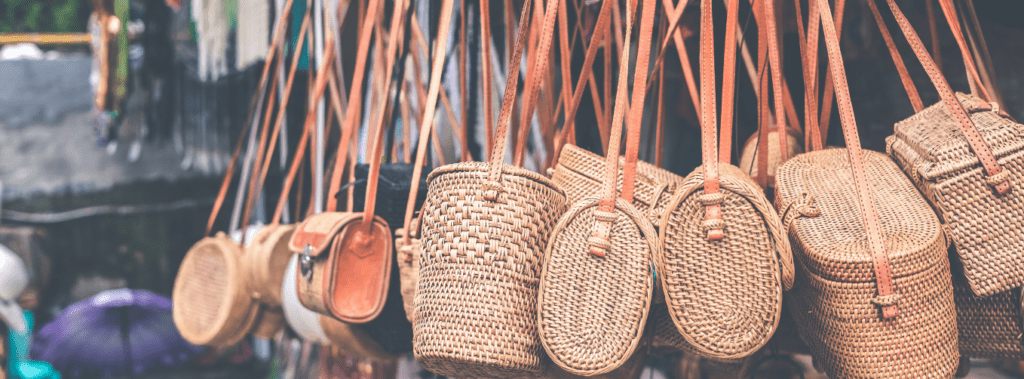Counterfeit goods may evoke images of knock-off purses sold on infamous streets in major cities, but in reality, that’s only part of the story. The harsh reality? Counterfeits include industrial parts and medical equipment, are sold online and represent a much larger global safety and security issue. Not only do counterfeits harm consumers’ finances and health, but they also represent a far greater threat at the national and international level, funding criminal activity and putting communities at risk.
To better understand the state of counterfeit goods, Anaqua conducted a survey of 1,000 US adults to explore their purchasing habits, their attitudes towards counterfeits and the repercussions counterfeit goods represent.
Age and gender matter
Forty-six percent of consumers admitted to purchasing counterfeit goods; thirty percent admitted to knowingly purchasing a counterfeit product more than once.
In looking at what groups were more likely to purchase counterfeit items, the results may be surprising. Men are more likely to purchase counterfeit items (51%) compared to women (40%). People with higher annual household incomes are also more likely to purchase counterfeit products: 30% of respondents with annual household incomes over $100K have knowingly purchased a knock-off good more than once. Both stats seem to subvert stereotypes associated with counterfeit consumer goods.
Perhaps what’s not surprising is that younger generations are more likely to purchase counterfeit products than older generations. Seventy percent of Gen Z and 63% of Millennials admitted to purchasing counterfeits.
When it comes to where counterfeit goods are purchased, nearly half of respondents (46%) believe they’ve used counterfeit goods without knowing it, and 76% believe there is a higher chance of unknowingly purchasing counterfeits online vs. in-store.
Counterfeit handbags, purses and wallets top the list
Survey respondents were most likely to knowingly purchase counterfeit handbags, purses and wallets (20%). The next most largest category of counterfeit items were accessories (watches, jewelry, sunglasses) at 19%, clothes at 18% and sports memorabilia and footwear tied at 14 percent.
Consumers are largely skeptical of small, online shops selling hand-made items with trademarked images, characters, or logos. Twenty percent believe none of these small shops have permission, while 73% believe less than half have the permission to sell items with these images. But, this skepticism hasn’t stopped people from shopping. Forty-three percent of respondents have purchased a hand-made item with a trademarked image.
The biggest offenders? Fifty-eight percent of Gen Z and 57% of Millennials admit to buying hand-made items with known trademarked images, characters or logos. Fifty-six percent of those with children in the household reportedly bought a hand-made item featuring a known trademark. This number drops to 34% for households without children.
Consumers know the risks of counterfeit goods
Sixty-one percent of consumers don’t believe purchasing counterfeit goods is a victimless crime. They also largely understand the implications of buying them:
- 55% know it harmed the imitated brand
- 49% knew it opened them up to potential safety issues
- 47% knew it supports and funds criminal activity (money laundering, gun trafficking and more)
The most compelling reasons for purchasing counterfeit items were price (42%) and availability (24%).
For consumers who unknowingly bought counterfeit items, when asked what they would do if they learned an item was counterfeited, the most popular response was to keep using it if it served its function (48%), followed by reporting the item to the seller (40%) and notifying the brand or company being imitated (21%).
Why does this matter?
While people generally understand the risks associated with purchasing counterfeited items, including opening themselves (and others) up to safety issues and causing potential harm to the community by funding crime, many still actively and knowingly purchase these goods. The problem becomes exponentially larger when the items being counterfeited are industrial goods, like airplane parts, or life-saving medical equipment, such as respirators.
Stopping the sale of counterfeit products is an ongoing battle on many fronts, and policing and enforcement become that much more difficult with the growth of online retail. To make enforcement easier, Anaqua developed an Anti-Counterfeit mobile app to support IP teams in identifying and taking action against infringements. Putting the tools right in the hands of front-line employees and business partners through their phones makes it easier to report suspected infringement. Involving employees in the fight against counterfeits is a starting point for supporting IP teams in ensuring only verified, safe goods are distributed to the market. This will help mitigate some of the harm that can be caused by counterfeit goods; however, a shift in attitude and crackdown on counterfeit goods across all industries is needed to create meaningful impact.
By: Jayne Durden, VP, Law Firm Strategy, Anaqua




